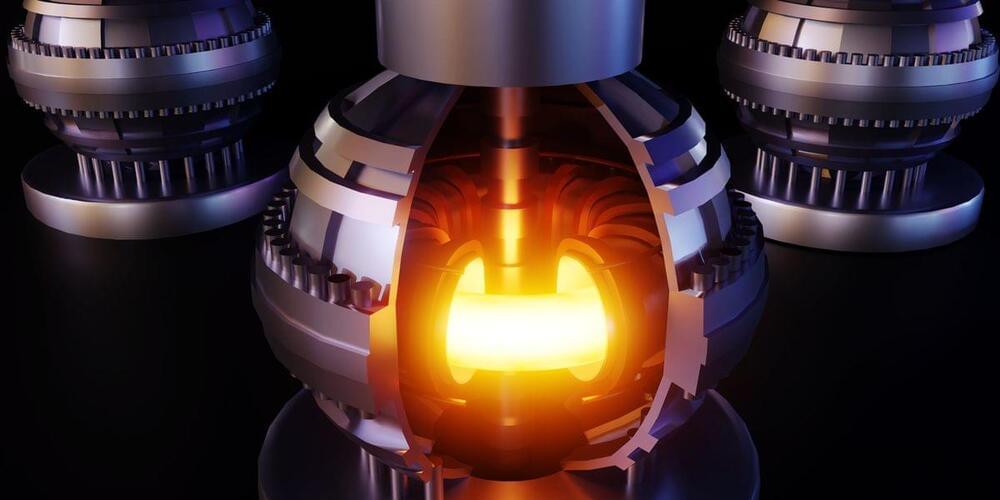Mar 8, 2024
Next-gen EVs will be cheaper to produce than gas cars by 2027
Posted by Shailesh Prasad in categories: innovation, transportation
Gartner predicts, too, that by 2027 15% of EV companies founded since the last decade will be acquired or bankrupt. “This does not mean the EV sector is crumbling,” said Pedro Pacheco, vice president of research at Gartner. “It is simply entering a new phase where companies with the best products and services will win over the remaining.” Of course, at least 18 EV and battery startups that went public in recent years and attracted huge investments are now struggling for cash, with plenty going belly up, including Lordstown Motors and Proterra.
Still, new innovations will push BEV price down, Gartner states. “New OEM incumbents want to heavily redefine the status quo in automotive,” he added. “They brought new innovations that simplify production costs such as centralized vehicle architecture or the introduction of gigacastings that help reduce manufacturing cost and assembly time, which legacy automakers had no choice to adopt to survive.”
By 2027, next-gen BEVs will be cheaper to make than comparable ICE vehicles, with production costs dropping faster than battery costs. But there’s a rub: Repair costs will be more expensive, Gartner says. By 2027, it predicts that the average cost of an EV body and battery “serious accident repair” will increase by 30%.


















